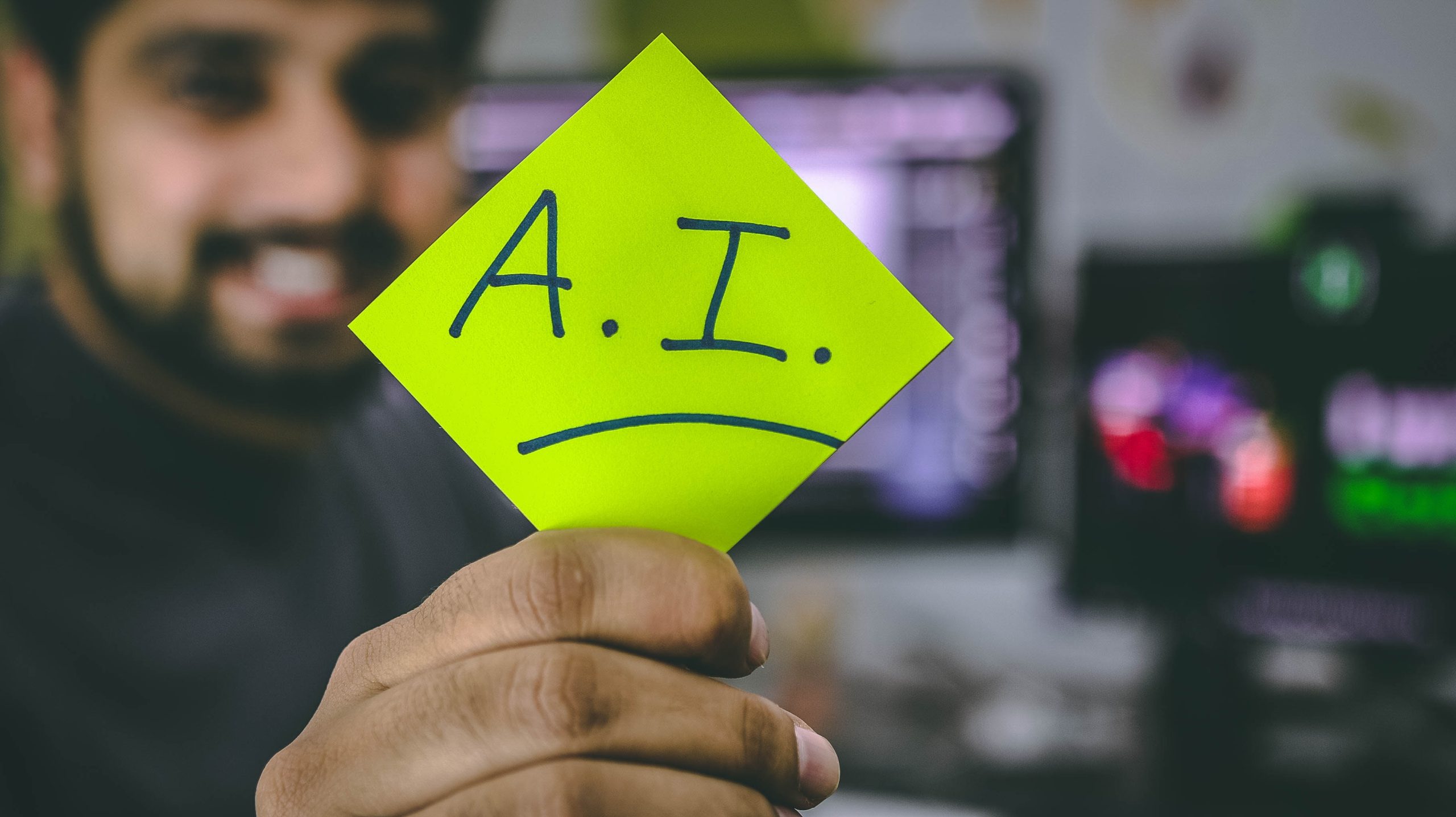Artificial Intelligence (AI) and Machine Learning (ML) are two closely related fields that have revolutionized technology and are now an integral part of our daily lives. They work hand in hand, with AI providing the overarching framework, and ML serving as a crucial subset. In this article, we will explore how AI and Machine Learning collaborate to create intelligent systems that have transformed industries like healthcare, finance, and more.
Understanding Artificial Intelligence (AI)
Artificial Intelligence is a broad concept that encompasses the development of intelligent agents or systems capable of mimicking human cognitive functions. These functions include problem-solving, learning, perception, reasoning, and powering decision making software. AI strives to create machines that can perform tasks that typically require human intelligence, and it can be categorized into two types:
1. Narrow AI (Weak AI): Narrow AI is designed for specific tasks. It excels in a limited domain and can perform tasks like language translation, image recognition, or playing chess, but it lacks the general intelligence seen in humans. This approach can come in handy with an AI ecommerce website builder that focuses on optimizing individual elements like layout, navigation, and product recommendations. By handling targeted functions efficiently, these systems support better user experiences without requiring complex human oversight.
2. General AI (Strong AI): General AI, on the other hand, aims to achieve human-level intelligence across a broad range of tasks. It is still largely theoretical and remains a long-term goal in AI research.
Machine Learning: A Subset of AI
Machine Learning is a subset of AI that focuses on the development of algorithms and models that allow computers to learn from data and improve their performance over time without being explicitly programmed. ML systems are trained on large datasets, and they use statistical techniques to identify patterns and make predictions or decisions. There are several types of ML, including:
1. Supervised Learning: In supervised learning, algorithms learn from labeled training data, making predictions or classifications based on input-output pairs. For example, it can be used in spam email detection.
2. Unsupervised Learning: Unsupervised learning involves finding patterns and relationships in unlabeled data. Clustering and dimensionality reduction are common unsupervised learning tasks.
3. Reinforcement Learning: Reinforcement learning is used in scenarios where an agent interacts with an environment, learning to take actions that maximize a cumulative reward. It is often seen in applications like robotics and game-playing AI. To deepen your understanding beyond these concepts, practitioners can follow structured learning paths spanning supervised/unsupervised methods, feature engineering, NLP, computer vision, time series, and MLOps. A curated option is ML training by Datacamp, which offers hands-on courses and projects for beginners through advanced users.
 How AI and Machine Learning Collaborate
How AI and Machine Learning Collaborate
AI and Machine Learning complement each other in various ways to create intelligent systems. Here’s how they work together:
1. Data-driven Decision Making: AI systems often rely on Machine Learning to make data-driven decisions. ML algorithms analyze vast datasets, identify patterns, and generate insights that are used by AI systems to make informed choices. For example, AI-powered chatbots can use ML to understand and respond to user queries.
2. Personalization: AI-driven personalization, such as content recommendations on streaming platforms or product recommendations on e-commerce websites, heavily relies on Machine Learning algorithms. These algorithms analyze user behavior and preferences to provide tailored experiences.
3. Natural Language Processing (NLP): NLP is a subfield of AI that deals with the interaction between computers and human language. Machine Learning plays a significant role in NLP tasks, such as sentiment analysis, speech recognition, and language translation. AI-powered virtual assistants like Siri and Alexa use ML-based NLP to understand and respond to spoken language.
4. Computer Vision: Computer vision, another subfield of AI, involves training machines to interpret and understand visual information from the world. Machine Learning models enable AI systems to recognize objects, faces, and scenes in images and videos. This technology is applied in areas like autonomous vehicles, medical imaging, and security systems.
5. Predictive Analytics: Businesses leverage AI and Machine Learning to perform predictive analytics. ML models analyze historical data to forecast future trends, detect anomalies, and optimize decision-making. This is particularly valuable in fields like finance, where algorithms can predict market trends or identify fraudulent transactions.
6. Autonomous Systems: Autonomous systems, such as self-driving cars and drones, combine AI for decision-making and Machine Learning for perception and control. ML models help these systems perceive their surroundings, while AI algorithms make real-time decisions to navigate and respond to changing conditions.
Healthcare Artificial Intelligence companies are driving innovation by leveraging AI and Machine Learning for diagnosing diseases, drug discovery, and patient management, enhancing systems like small practice EMR and EHR for better efficiency and accuracy.
Many healthcare organizations need help from AI development firms to integrate these technologies into their systems.
8. Natural Interaction: AI systems that interact with humans often use Machine Learning to improve their understanding and response capabilities. For instance, AI-powered virtual assistants continually learn from user interactions to provide more accurate and helpful responses.
AI and Machine Learning are inseparable partners in the quest to create intelligent systems. AI provides the overarching framework and the goal of mimicking human-like intelligence, while Machine Learning supplies the tools and techniques to enable computers to learn and improve from data. Together, they drive innovations across various industries, enhancing decision-making, personalization, and automation. As technology continues to advance, the collaboration between AI and Machine Learning will undoubtedly lead to even more transformative breakthroughs, shaping the future of our increasingly intelligent world.
 logo
logo




